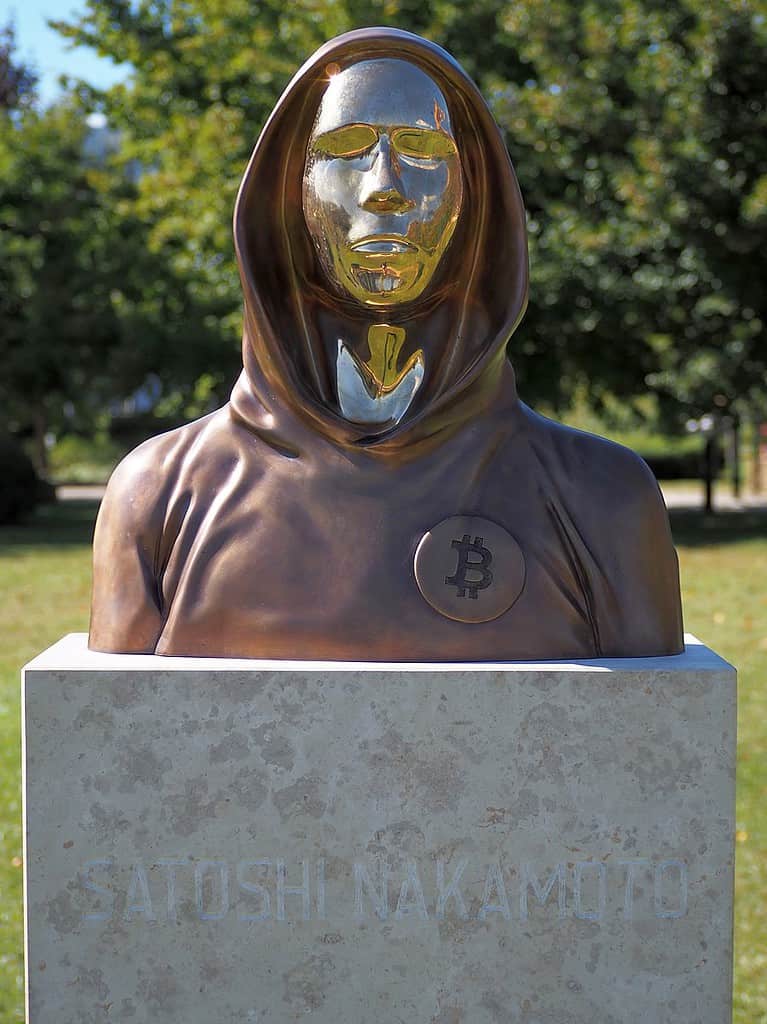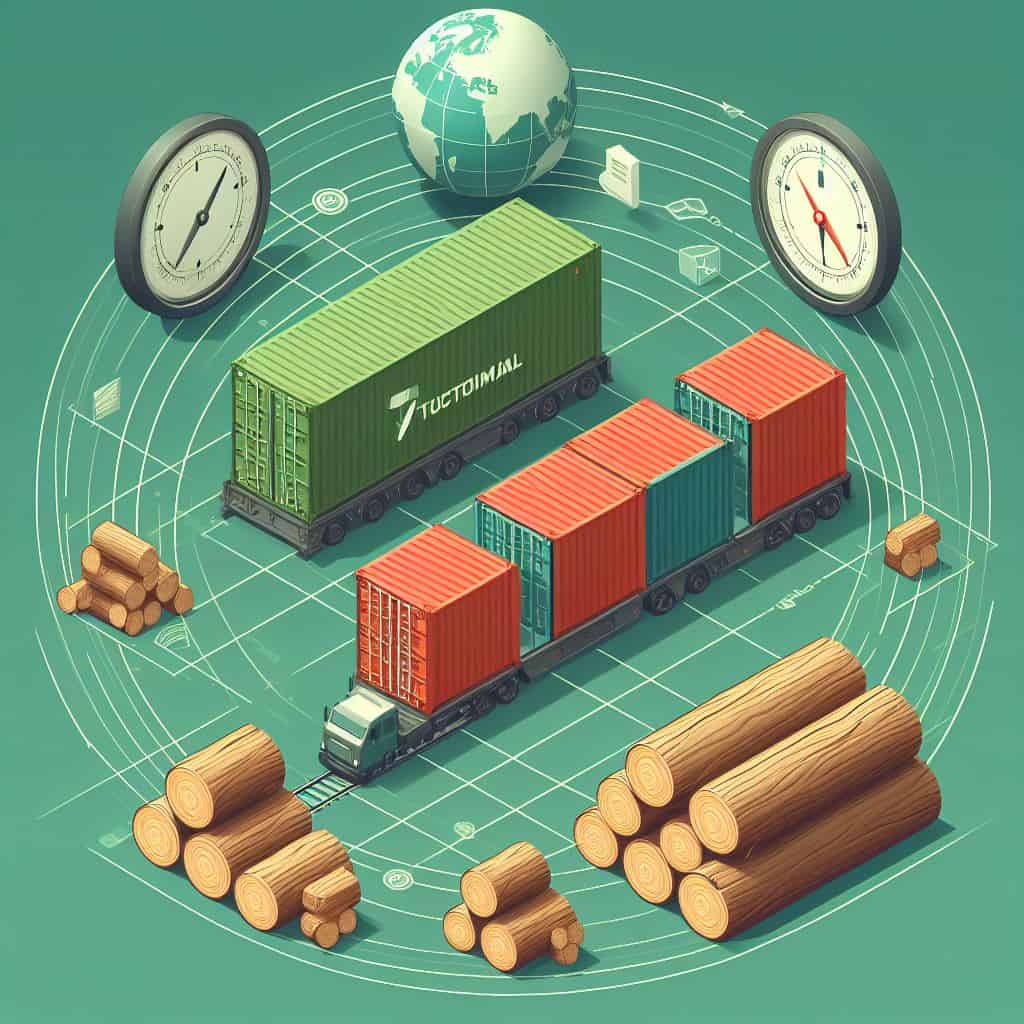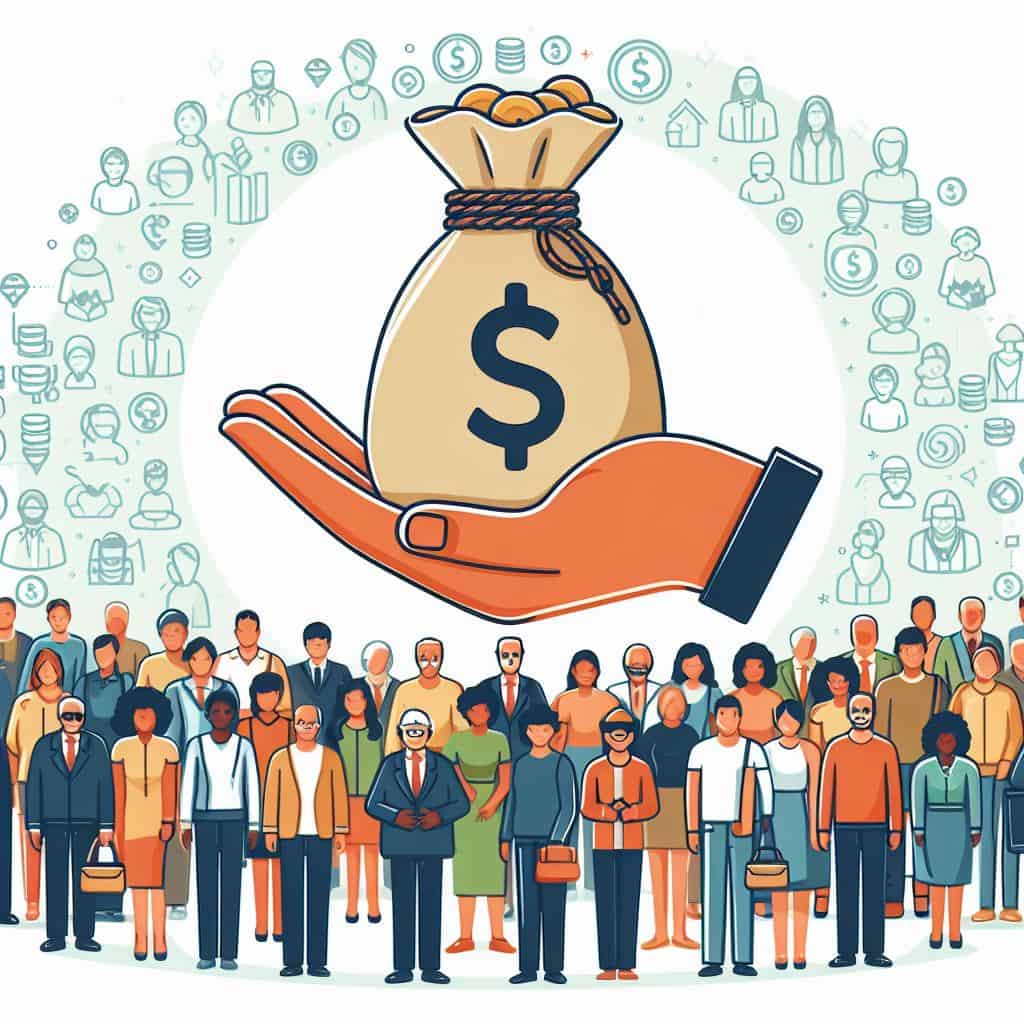What if there was a way to securely record transactions and data without relying on third parties or other centralized authorities? A system that cannot be altered or controlled by any single entity.
While this may seem futuristic, such a system has already been in existence for over a decade. It’s called blockchain technology, and it was first implemented as the foundation of the digital currency Bitcoin.
Blockchain allows peer-to-peer transactions and record-keeping to occur across a distributed network using cryptography, without the need for intermediaries. This removes the requirement for trust in centralized authorities and provides greater security, transparency and integrity of data.
In this article, we will explore the meaning of blockchain, its mechanics, and the applications of blockchain technology. Stick around!
What is a blockchain in simple words?
A blockchain is a distributed ledger or database that maintains a continuously growing list of records (called blocks) which are secured from tampering using cryptography. Each block contains a cryptographic hash of the previous block, a timestamp, and transaction data. When a transaction occurs on the network, it is broadcast to all nodes.

In a blockchain network, a node is a computer that connects to the blockchain and helps maintain it by validating and relaying transactions. Each node contains a complete copy of the blockchain ledger, allowing the data to be distributed rather than stored in a central location.
The nodes accept the block only if all transactions in it are valid according to the consensus rules of the blockchain. This allows blockchain to be decentralized and managed by multiple nodes while still maintaining the integrity of the transactions history.
Who invented blockchain?
In 2008, the domain name Bitcoin.org was registered. In October 2008, a person or group using the false name Satoshi Nakamoto announced Bitcoin over a cryptography mailing list. In 2009, Nakamoto finished and released the first Bitcoin software and launched the Bitcoin network on January 9th, 2009.

Nakamoto continued to improve the software until 2010 when he stepped away from the project. The real identity of Nakamoto is still unknown. From 2009 to early 2011, each new transaction was processed directly between two users without the need for an intermediary like a bank.
How does Blockchain Technology work?
Blockchain uses cryptographic techniques like digital signatures and hashes to store data in blocks that get chained together. Each block contains a cryptographic hash of the previous block, a timestamp, and transaction data.
A distributed network of nodes uses a consensus mechanism like proof-of-work to add new blocks to the chain in a decentralized manner without relying on third parties. This allows Bitcoin to provide decentralized trust while storing transaction records on many computers at the same time. When a transaction occurs, it is broadcast to all nodes.
Blockchain uses cryptographic techniques like digital signatures and hashes to store data in blocks that get chained together.
theDeFimovement
The nodes validate the transaction and add it to their copy of the ledger. Mining nodes bundle valid transactions into a block and compete to solve a computationally difficult proof-of-work problem. The first node to solve it broadcasts the block to all others.
The nodes accept the block only after validating all transactions in it. This secures the ledger from any form of tampering.
What is an example of a blockchain?
An example of a blockchain is the Bitcoin blockchain – a public ledger that records each bitcoin transaction. Every ten minutes on average, miners group outstanding transactions into a block.
Each block contains a cryptographic hash of the previous block, a timestamp, and data about the transaction. Miners compete to be the first to cryptographically solve a complicated hashing puzzle based on these details.

The first to solve it will earn Bitcoins and also gets to insert the next block into the blockchain and broadcast it to the entire network. All the nodes validate and add this new block, extending the blockchain.
Now, since each block contains a hash of the previous block, they are chained together. This creates an indelible and transparent public record of all transactions back to the first one, secured from tampering through cryptography.
How many types of blockchain are there?
There are mainly four types of blockchain networks currently in use:
Public blockchains – These are completely open and anyone can participate without permission. Bitcoin and Ethereum are examples.
Private blockchains – Privately controlled by a single organization with selective permission to access. Only allowed users can view and append transaction data.
Hybrid blockchains – They combine elements of public and private blockchains providing more flexibility. Certain data can be public for transparency while privacy for sensitive data can be maintained. Permissioned networks also fall under this type.
Consortium blockchains – A hybrid system where a group of organizations agree on a common set of rules for validation and maintain the network together. Enterprises that need to share data can use them.
How does Bitcoin use blockchain?
Bitcoin was the first application that used blockchain technology to maintain a distributed ledger in a decentralized manner. Each bitcoin transaction is a file that contains information about the amount transitioned, and the digital signature of the sender to prove their identity.
These transactions are broadcast to the peer-to-peer Bitcoin network. The nodes in the network bundle valid transactions into blocks approximately every 10 minutes.
Miners compete to solve a cryptographic puzzle to find the nonce (a number used once) that makes the block hash below a target threshold in a consensus system called the “Proof-of-Work” system [Proof-of-Work (PoW) is a consensus mechanism used in blockchain networks like Bitcoin to validate transactions and produce new blocks to add to the chain. With PoW, miners compete against each other to solve a difficult mathematical puzzle in order to have the right to create the next block]
The first miner to solve it announces the result to the rest. The nodes validate the solutions and add the block to their copy of the blockchain.
Miners compete to solve a cryptographic puzzle to find the nonce that makes the block hash below a target threshold in a consensus system called the “Proof-of-Work” system
theDeFiMovement
This process secures the network from tampering and double spending, while rewarding miners with fresh Bitcoins. Over time as more blocks are added, the blockchain records every transaction in history and is maintained by many independent nodes, making modifications almost impossible.
What are the benefits of blockchain technology?
Blockchain technology, most popularly known for powering cryptocurrencies like Bitcoin, offers some revolutionary advantages over traditional centralized systems of record-keeping.
At its core, blockchain provides a decentralized and distributed digital ledger that can track the exchange of any asset across a peer-to-peer network.
This distributed architecture brings several benefits like improved transparency, security, and efficiency due to the elimination of intermediaries. Some of the key benefits of blockchain technology include:
Decentralization
No single entity controls the blockchain as it is maintained by distributed nodes, avoiding central points of failure.

Transparency
All transactions are publicly verifiable and accessible by anyone on the network.
Immutability
Once recorded, the data in any given block cannot be altered retroactively without changing all subsequent blocks. This protects against hacking and revision.
Counterfeit prevention
Digital signatures and hashes used in the blocks make counterfeiting cryptocurrencies or transactions very difficult.
Automatic execution
Smart contracts allow T&C of transactions to be written directly into code and automatically carried out by computers in the network without relying on intermediaries.
Disintermediation
Blockchain removes the need for middlemen like banks and brokers, increasing efficiency of transactions.
Reduced costs
No fees are involved in peer-to-peer transactions and costs of maintaining centralized infrastructure are eliminated.
Trustless
One of the key benefits of blockchain is that it enables trustless interactions between parties who don’t necessarily trust each other. Trust is built into the system itself through its decentralized structure, cryptography and consensus mechanisms.
What are the use-cases for blockchain
Beyond its foundational role in cryptocurrencies, blockchain technology is demonstrating a diverse range of promising applications across many industries and use cases. The distributed and trustworthy nature of the blockchain model allows efficient record keeping, peer-to-peer transactions and automation through smart contracts.
Some of the key sectors currently exploring integration and innovation with blockchain include supply chain management, financial services, healthcare and more. Specifically, some use cases showing potential include:
1) Supply chain management: Blockchain can track products through manufacturing, transit, warehousing and provide transparency in supply chains.

2) Financial services: It can improve security and efficiency of transactions for cross-border payments, online banking, digital wallets etc.
3) Voting: Blockchain makes voting more secure and transparent by allowing anonymous voting and recording of historical voting data. This can eliminate fraud.
4) Healthcare: It can secure patient data and streamline provider payments by automating insurance claims.
5) Real estate: Blockchain registers land titles digitally, validating ownership to resolve property disputes faster.
6) Education: It can keep secure student records and diplomas while curbing fake degrees or certificates. Digital credentials make verification simpler.
7) Crowdfunding: Smart contracts automate collection and release of funds while providing donors transparency to track projects.

8) Gig economy: Distributed apps (DApps) can streamline freelancing by releasing payments automatically based on deliverables.
Conclusion
Blockchain is a pioneering technology that allows secure, transparent and tamper-proof record-keeping across a distributed peer-to-peer network without relying on centralized intermediaries.
It was first implemented as the foundation of the cryptocurrency Bitcoin, but has since demonstrated potential for application in many other industries.
The blockchain structures transaction data into an immutable, verifiable and permanent digital ledger maintained through cryptography and consensus. This allows faster, more trustworthy data sharing and transactions compared to traditional centralized systems.
Frequently Asked Questions (FAQs)
Why is it called blockchain?
Because it structures transaction data into linked blocks, with each new block containing a cryptographic hash of the previous block, forming a chain. This structure makes the records tamper-proof.
Is blockchain the same as Bitcoin?
No, blockchain is the technology that underpins Bitcoin – a decentralized digital currency. Blockchain can also be used by other cryptocurrencies and applications beyond currency.
Who owns blockchain?
No one, as blockchain is a decentralized network maintained by multiple nodes without a central authority. All nodes in the network contain an identical copy of the blockchain.
Is Binance a blockchain?
No, Binance is a cryptocurrency exchange and not a blockchain. It is a platform used to buy, sell and trade various digital currencies and operates using blockchain technology in the backend but is not a blockchain itself.